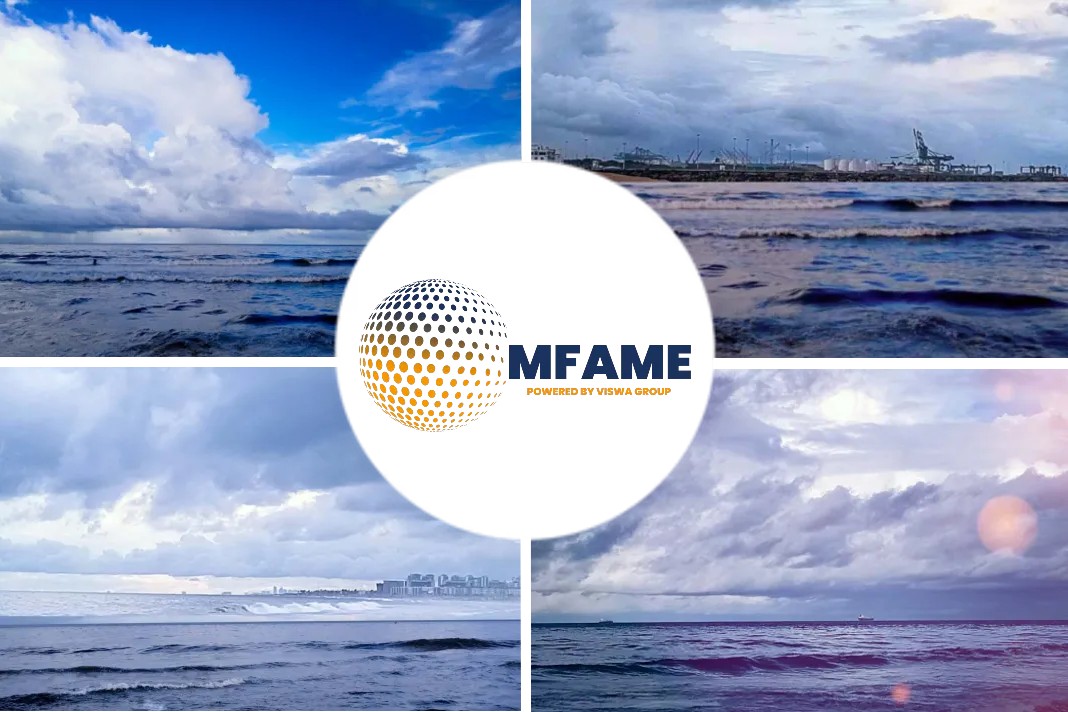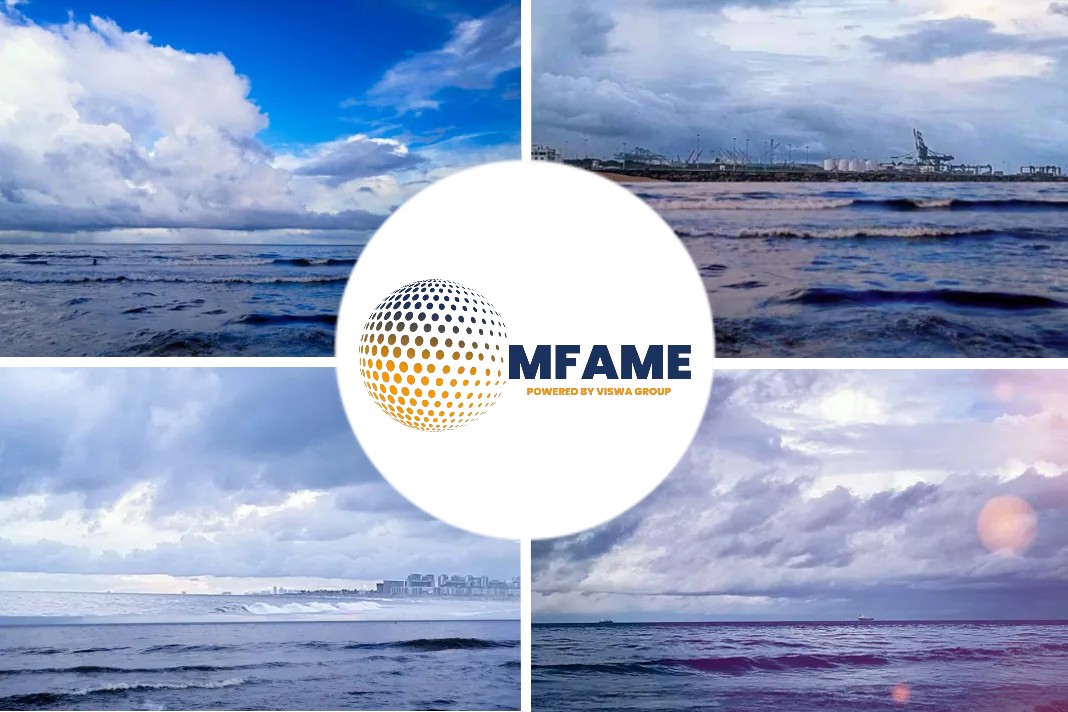Princess Anne and Princess Margaret’s skirts deflated for the last time on October 1, 2000, when the SR.N4 hovercraft shuttled holidaymakers and booze cruisers between the UK and France, reports CNN.
They were expected to quit because the passenger capacity was less than a quarter of a typical ferry. The Rolls-Royce gas turbines on these “Mountbatten” class hovercraft required to be cleaned with distilled water to keep them running – the elimination of duty-free booze and cigarettes, as well as the inauguration of the Channel Tunnel in 1994, were not helpful. When everyone thought the British era had ceased, another hovercraft service, 100 miles east of Dover, refused to give up.
The “Island Flyer”
The “Island Flyer” is puffing up like a bullfrog on a scorching June morning, fans humming, beach shingle strewed in its wake. The original 38-seat SR.N6 vessels simply started up their engines after enough passengers were waiting when the Southsea-Ryde route opened in July 1965. There were no defined slipways or timetables; antique film footage shows hovercrafts belly-sliding onto crowded beaches, much to the delight of sunbathers.
Up to 78 persons can board at once; during the off-season, the hovercraft is commonly used by island commuters who work on the mainland, but it is one of the area’s most popular tourist attractions during the summer.
‘The children’s faces brighten.’
The hovercraft’s near-sentience, or the way they expand and deflate as if breathing, is what draws people in. With the bottoms of their skirts slamming on the concrete pads at Ryde, the “Island Flyer” and “Solent Flyer” even joined worldwide praise for UK health workers in 2020.
“There’s an Australian gentleman who comes for the Isle of Wight Festival,” Terri Frost, Hovertravel duty manager, adds. “He exclusively uses the hovercraft because he loves it.” Tourists from Japan are known to go out of their way to see these strange amphibious crafts.
Not about nostalgia and novelty alone
According to history, hovercraft creator Christopher Cockerell built a prototype out of a can of cat food, a coffee can, and a vacuum cleaner before launching the real thing off the coast of the Solent in 1959. Cockerell, a fearless pioneer, bravely paced around the exterior of the SR.N1 for the length of the journey, acting as “dynamic ballast.”
Furthermore, the Pier of Ryde juts a half-mile out to sea, so there’s still a bit of a trek to dry land even once you have made your (slower) boat journey from Portsmouth. All of this is stirred by the skillful hovercraft, which cut the entire journey by half.
It even saves lives with its nimbleness. In 2020, Hovertravel worked on excursions in hospitals for the patients of Covid to the mainland with the National Health Service. It worked so well, and now the hovercraft doubles as an amphibious ambulance in various medical circumstances.
The Land Rover on ice
Steve Attrill, head of maritime operations at Hovertravel states, “It stems back to the pioneering days when the first hovercraft operators came from the aviation industry. My predecessors, the people who set the company up, were from a flying background. Our chief pilot when I joined back in 1988, he was an ex Vulcan bomber pilot.”
“The machine is very much hands-on,” explains Attrill. “We don’t have an autopilot. It requires constant attention, which makes it an interesting craft to fly compared to either an aircraft or a ship. The craft is very maneuverable, but it will skid like a Land Rover on ice.”
A second golden era?
 It’s highly looking forward that hovercraft would one day replace the ocean liners. As we all know, the dream dashed, and other than the financial implications, crossing the Atlantic in a hovercraft would necessitate unprecedented fuel capacity and the ability to withstand some genuinely terrible waves.
It’s highly looking forward that hovercraft would one day replace the ocean liners. As we all know, the dream dashed, and other than the financial implications, crossing the Atlantic in a hovercraft would necessitate unprecedented fuel capacity and the ability to withstand some genuinely terrible waves.
“There’s a great future out there for it, and I hope it will see many other operators like ourselves worldwide,” says Attrill, who led the team that launched Canada’s first passenger hovercraft service in 1998.
The hovercraft is exciting, which would fill you with 35 minutes to the mainland and serve a drink along the way. If the drive replicated the United Kingdom’s experience throughout the entire East Coast of the United States, it would never be the same again. But expect no new Dover-New York service soon!
Did you subscribe to our daily newsletter?
It’s Free! Click here to Subscribe!
Source: CNN





















